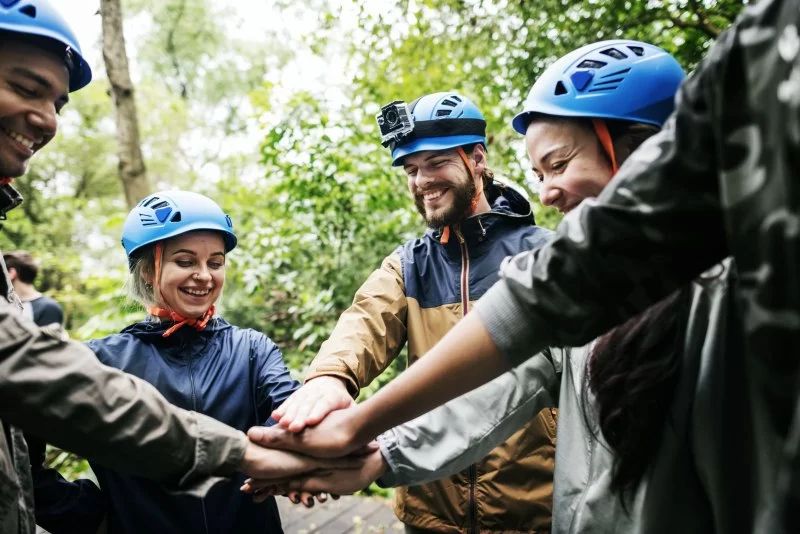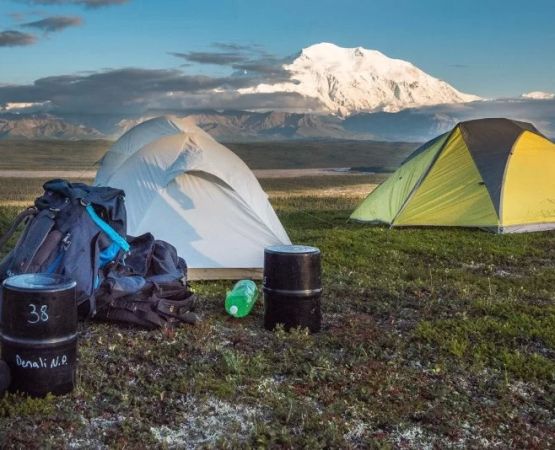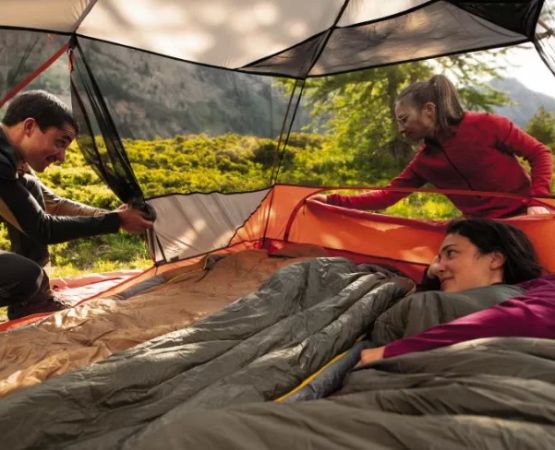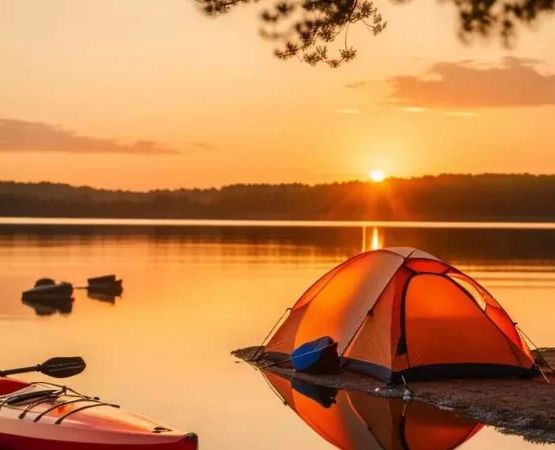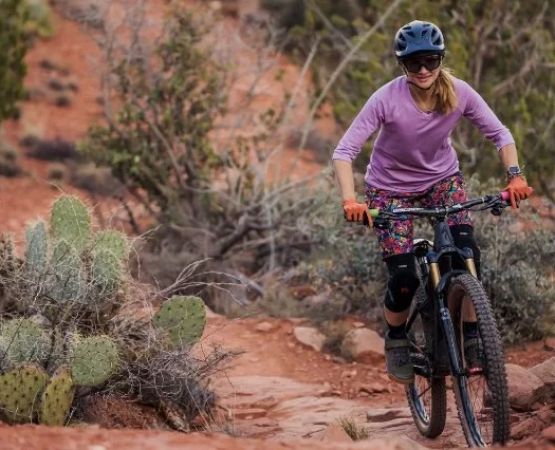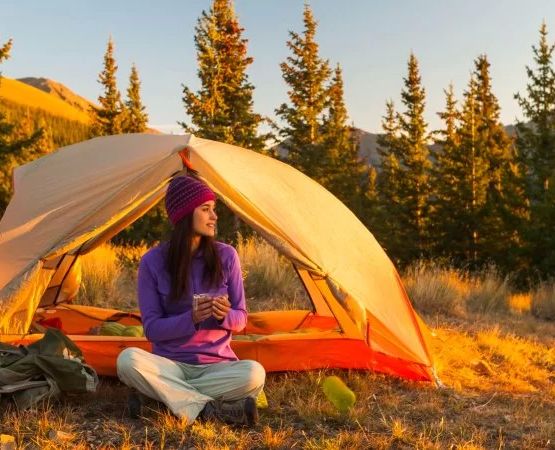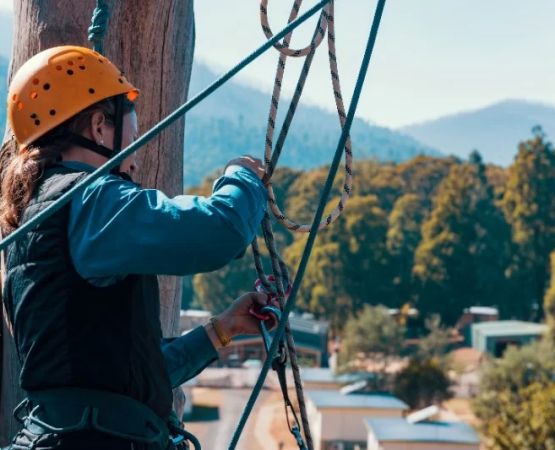- #outdoor-team-building-boosts-communication
- #shared-challenges-break-down-barriers
- #natural-settings-reduce-tension
- #trust-exercises-foster-collaboration
- #real-world-case-team-turnaround
- #pine-cliff-resort-team-retreats
1. Outdoor Team Building Boosts Communication
Effective conflict resolution often begins with clear, honest communication—and that’s precisely where outdoor team building shines. Unlike traditional office settings, outdoor environments encourage spontaneous conversations and informal interactions. When teams participate in obstacle courses or problem-solving tasks in a natural setting, they are compelled to listen, delegate, and support one another.
In one study by the American Management Association, organizations that incorporated experiential outdoor learning reported a 30% improvement in interdepartmental communication. Whether navigating a ropes course or collaborating on a group survival challenge, participants learn that active listening and respectful exchange are the cornerstones of successful teamwork and conflict management.
2. Shared Challenges Break Down Barriers
Team conflict often stems from misunderstandings or silos that develop in day-to-day office life. Outdoor team building presents shared challenges that naturally dismantle those walls. When individuals must rely on each other to solve a puzzle under time pressure or get through a physical challenge, they become more empathetic and inclusive.
One participant from a regional bank in Texas shared how her perceptions of a rival colleague changed during an outdoor scavenger hunt: “He was always so hard to talk to in meetings. But when we had to figure out a clue together, he opened up and cracked jokes. It completely shifted our working relationship.” This shift in perception—sparked by an outdoor activity—highlights how shared effort builds mutual respect and understanding, defusing conflict before it can grow.
3. Natural Settings Help Lower Emotional Tension
Conflict is inherently emotional. Stress, deadlines, and performance pressure can make tempers flare. Outdoor environments provide a calming contrast to these high-stakes scenarios. Fresh air, sunlight, and open space activate the parasympathetic nervous system, which helps regulate mood and anxiety levels.
Team building in green settings—like forests, lakesides, or fields—leverages nature’s calming effect to soften conversations and encourage emotional openness. It’s easier to apologize, express frustration, or extend an olive branch when you’re not seated across a conference table. Outdoor team building helps create this neutral, relaxed emotional canvas where healing conversations can happen.
4. Trust Exercises Foster True Collaboration
In a 2019 survey of corporate HR professionals, 72% cited “lack of trust” as the biggest underlying cause of internal team conflict. Outdoor team building exercises like trust falls, blindfold navigation, or group balance challenges directly address this barrier. These activities require physical and emotional vulnerability, creating a fast track toward building trust.
When you literally have to lean on a teammate to avoid falling, you begin to internalize the trust metaphor in a visceral way. Over time, these experiences translate into the workplace, where trust enables conflict resolution through honest feedback, mutual support, and patience. Building trust outside the office lays the foundation for resolving disputes respectfully within it.
5. Real-World Case: A Team Turnaround Through the Outdoors
A powerful example comes from a software startup in Denver. Their product team was in constant conflict—missed deadlines, finger-pointing, and poor morale. The founder brought the team to a weekend retreat focused on outdoor team building: hiking, fire-starting competitions, and shared tent setup. At first, tensions remained. But on the second night, during a cookout around a campfire, something shifted. One member shared how unappreciated he’d felt, sparking a wave of honest confessions and apologies.
Back at the office, productivity improved by 40% over the next quarter. Conflicts didn’t vanish, but team members now had tools—and relationships—to navigate them. This transformation speaks to the heart of outdoor team building: when individuals are stripped of their titles and egos, they can rebuild relationships on common ground.
6. How Pine Cliff Resort Supports Corporate Conflict Resolution
For organizations ready to invest in effective outdoor team building, Pine Cliff Resort offers tailored retreats designed for conflict resolution. Set against serene natural backdrops, their programs combine physical challenge with guided reflection. Professional facilitators help teams debrief after each activity, linking what was learned outdoors to real workplace dynamics.
Whether you're planning a half-day trust-building hike or a multi-day problem-solving retreat, Pine Cliff Resort delivers more than scenery. They provide space for transformation—space where co-workers become collaborators, and tensions are turned into opportunities for growth. For leaders seeking to strengthen team bonds and resolve workplace conflict authentically, Pine Cliff is the perfect partner.

